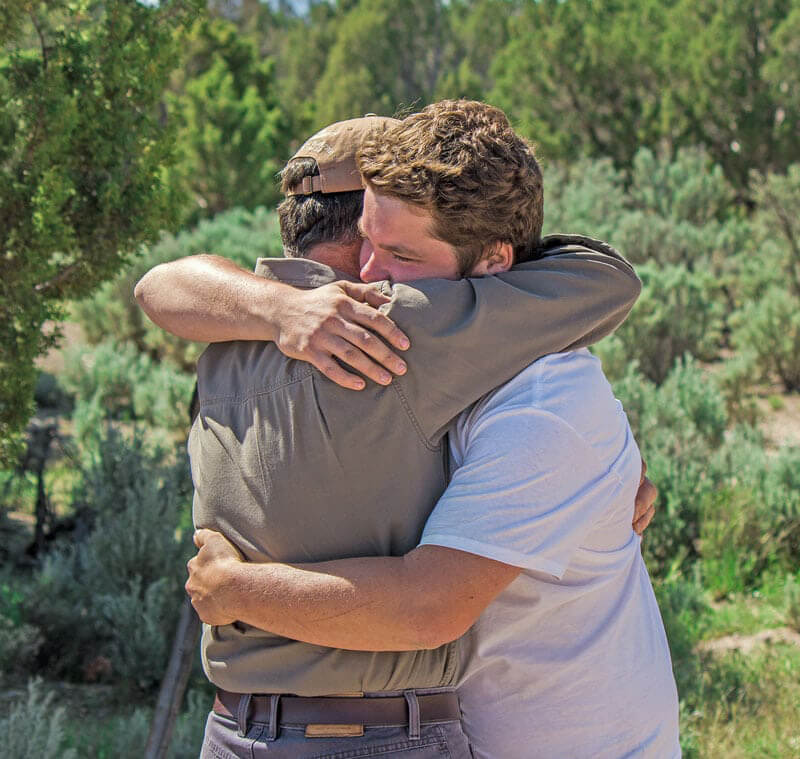Wilderness Treatment Center: Is it Right for My Family
Deciding to seek professional help for your teen or young adult can be overwhelming, especially when navigating the many therapeutic options available. Wilderness treatment centers provide a unique, nature-based approach to addressing mental, emotional, and behavioral challenges. Through immersive outdoor experiences and comprehensive therapeutic interventions, these programs can foster lasting change in ways that traditional settings may not. But how do you know if wilderness therapy is the right path for your family? This guide will help you explore the benefits, treatment approaches, and key factors to consider when choosing a wilderness treatment center for your loved one.
Wilderness therapy is a process. Healing takes time and effort, but with the right tools and the right treatment plan, recovery is possible!
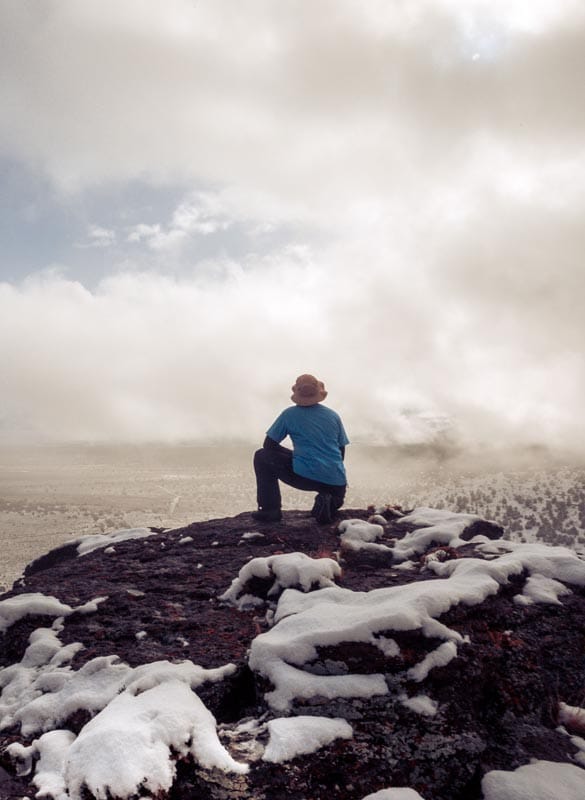
What is a Wilderness Treatment Center?
Wilderness treatment centers provide a unique approach to treatment for teens and young adults who are struggling with their mental, emotional, or behavioral health.
Each wilderness treatment program is different in its approach, but typically combines an immersive nature experience with:
- Individual Therapy
- Intensive Clinical
- Assessments
- Family Therapy
- Group Therapy
- Adventure Therapy
- Psychological Testing
- Therapeutic Journaling
- Medication Management
- Healthy Diet
- Regular Sleep Patterns
- Regular Physical Activity
- Treatment Plans
- Positive Coping Strategies
A wilderness treatment center can serve as a therapeutic intervention to remove teenagers and young adults from unhealthy environments. Often known as wilderness therapy programs, wilderness treatment centers are designed to assess mental and behavioral health issues and provide robust treatments. Further, wilderness treatment programs are effective at bringing students’ attention to problem behaviors. They do this by highlighting how their actions are impacting those around them. They are often compared to therapeutic boarding schools or residential treatment programs. These programs are similar because they serve as a treatment facility that offers solutions for teens and young adults in need of guidance. It is common for young adults and teens to first complete a wilderness therapy program before residential treatment or a therapeutic boarding school due to a wilderness program’s ability to provide an accurate clinical assessment and determine what program will best suit the needs of the patient.
What Makes a Wilderness Treatment Center Unique?
A unique characteristic of most wilderness treatment centers is that they provide a fully immersive and intensive version of therapy. Programs tend to last 2-3 months. They offer long-term assessments with 24/7 observation by highly trained staff members. Staff are overseen by clinicians or are clinicians themselves.
Attending a wilderness treatment center generally involves living outside and being a part of a group. This is a profound experience for young people who are forging their identity. In this setting, they can take a step back from their troubled lives and soak up the world around them. Some programs integrate high-adventure activities into their programming. For example, Redcliff Ascent incorporates hiking, backpacking, slacklining, field trips, and other recreational activities. Research shows that incorporating challenging activities, yet achievable can produce long-term positive results for young adults and adolescents.
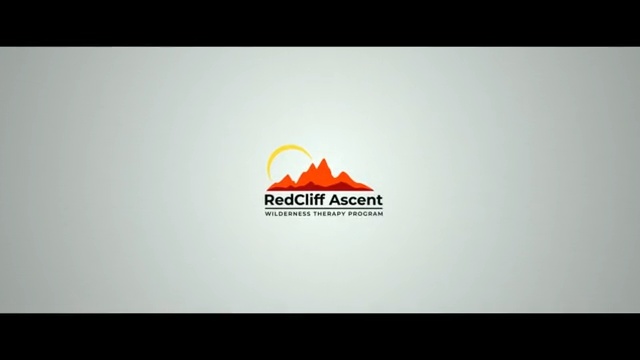
What Are The Different Types of Therapy?
Individual Therapy
This is your typical talk therapy with a masters-level clinician. The therapy type can vary depending on the therapist’s training and the modalities that they choose to use. Some typical therapeutic techniques that wilderness therapists use include:
- Cognitive Behavioral Therapy (CBT)
- Acceptance and Commitment Therapy (ACT)
- Dialectical Behavioral Therapy (DBT)
- Positive Psychology
- Motivational Interviewing
Family Therapy
Wilderness treatment centers offer a unique type of family therapy. Communication is mainly done through letter writing while your child is at the center. By communicating this way, families can be intentional with their words. Each party can process their emotions before expressing them in a return letter. Many programs also offer a parent seminar. Parents are invited to spend time with their son or daughter and go through in-person family therapy. Further, many programs are integrating online elements into their family therapy, like webinars.
Group Therapy
Group therapy in the wilderness setting is a great way to break through boundaries. Teens and young adults often feel alone in their struggles with mental health. By providing group therapy, often multiple times a week, students in wilderness treatment centers can relate to others' struggles and overcome what has been holding them back.
What Treatment Approach Does Wilderness Therapy Use?
Wilderness therapists use many approaches that are as varied and unique as their clients. They commonly go beyond traditional talk therapy and add a “hands-on component.” This hands-on component emphasizes an experiential approach. Research shows that experiential therapy is an effective way to break through barriers with young clients and promote lasting change.
Wilderness therapists specialize in working with teens and young adults and can adapt to each client’s needs. High adventure activities are used to not only break through barriers but also as an assessment tool. By observing clients participating in high-adventure activities, wilderness therapists can get a better feel for what they are struggling with and how they cope with challenging situations.
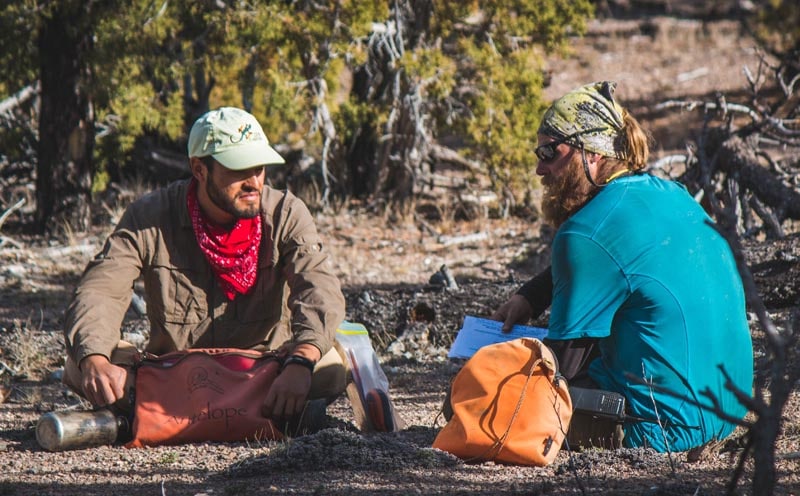
What is Life Like in a Therapeutic Wilderness Camp?
At a wilderness treatment center, students will generally experience the benefits of a routine. They will eat healthy food, get plenty of sleep, and experience outdoor living, all within a group of students who they relate to in age and struggles. Each morning involves waking up to the sunrise, packing up camping equipment, and eating a healthy breakfast. Breakfast is often oats or granola with fresh fruits.
Depending upon the treatment program, students cook their meals on individual camp stoves. Some programs might utilize the opportunity to cook group meals. What students do during the day varies between programs. Usually, the day consists of individual or group therapy, therapeutic assignments, academic work, and outdoor living activities.
Some programs, focus on a variety of high-adventure activities. These activities are a dynamic way to introduce novel environments and new challenges. Research shows that this process produces positive outcomes. Other programs often focus on primitive/survival skills, and/or backpacking as the primary activity.
The groups of students will break for lunch before or during activities. Once activities are finished for the day, groups will eat dinner. To wind down, students do journaling, academic, and/or therapeutic group work. Wilderness programs generally require students to move as a group. This dynamic offers ample opportunity to work on interpersonal challenges that come up.
Additionally, this daily routine is in line with most people’s natural circadian rhythm. Students wake up with the sunrise and go to sleep shortly after the sunset. Having this schedule promotes healthy sleep patterns, which go a long way toward better mental health.
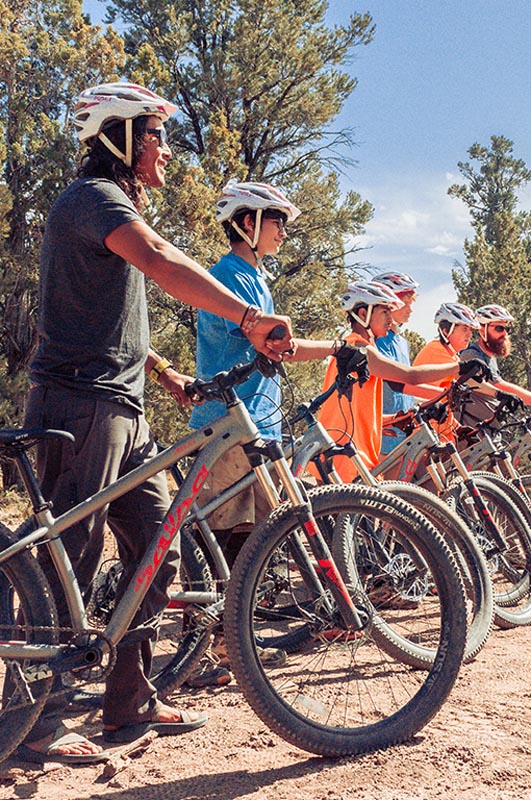
How Do Outdoor Therapy Programs Work?
Outdoor therapy programs are a unique and dynamic way to help young adults and adolescents overcome mental health challenges.
6 ways wilderness programs affect change:
- Removing young adults and teens from an environment that is not working for them and replacing it with a healthy, safe environment where they can thrive
- Providing a holistic therapeutic approach with individual, group, and family therapy
- Accurate assessment of therapeutic needs
- Development of a thorough treatment plan
- Creating situations where students can overcome challenges to promote lasting change
- Referrals to further treatment facilities
These factors, combined with the unique pieces of each wilderness program, help create a foundational experience for young people struggling with mental and behavioral health issues.

What Is The Difference Between Wilderness Therapy and Adventure Therapy?
Wilderness therapy
Wilderness therapy consists of traditional therapeutic modalities implemented in a wilderness environment. These programs draw on nature’s ability to provide perspective, natural consequences, and transcendence.
Adventure therapy
Adventure therapy is a subcategory of wilderness therapy. It draws on the benefits of participation in high-adventure activities in addition to traditional wilderness therapy modalities.
Types of Therapeutic Wilderness Programs
When focusing on therapeutic wilderness programs, there are three main models to choose from:
Nomatic Model
This model involves backpacking or hiking between several campsites. This model is set in the belief that treatment centers can separate teens and young adults from negative environments where they are not thriving. This model is designed to give students time to work through their thoughts and emotions. Physical challenges through backpacking, mixed with programmatic structure, and reliance on natural consequences form the backbone of the nomadic program treatment model.
Basecamp Model
This model is designed for students to stay or return regularly to one area. These programs often have different phases or parts of the program. The base camp model offers a home away from home to students and creates both consistency and variety for students. The variety is created by participating in different activities or traveling to different locations, and the consistency is maintained by returning to a predictable basecamp environment.
Adventure Model
While including aspects of the nomadic and basecamp models, the adventure model uses high adventure activities as the main “agent of change.” Students get the opportunity to participate in high-adventure activities like rock climbing, mountain biking, canyoneering, and skiing. These types of programs combine adventure with aspects of the traditional nomadic model like backpacking and hiking. This combination is an effective way to introduce novel environments and activities. Further, it creates new and challenging opportunities for students to practice coping skills and overcome obstacles. This has been shown to have many positive effects, including improved self-efficacy and lasting change.
Who Should Receive Wilderness Therapy?
Who is a Good Fit For Wilderness Therapy?
Teens and young adults who have been diagnosed or who are suspected of having a mental or behavioral health disorder would be a good fit for wilderness therapy. Teens and young adults who are acting out, struggling socially or academically, failing to meet developmental landmarks, or falling behind their peers are also a good fit for outdoor therapy. Wilderness therapy is an especially good choice if teens or young adults are resistant to mental health treatment. Wilderness therapy generally has positive outcomes for those who were originally treatment-resistant.
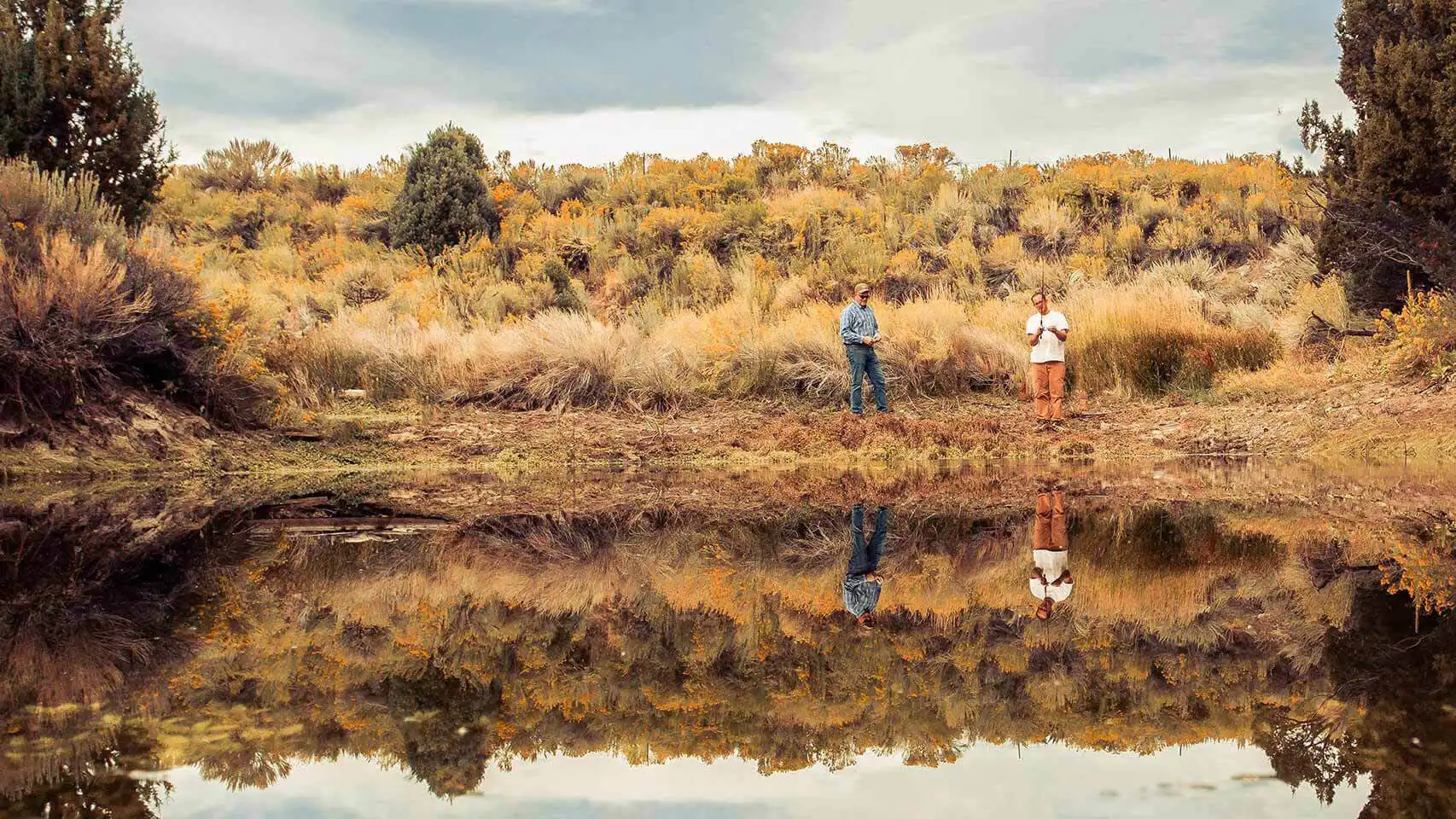
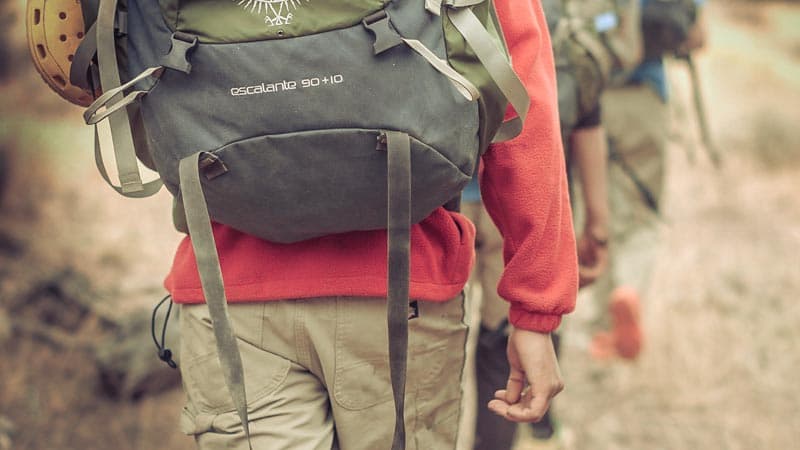
Should Your Teen Be Sent To a Wilderness Camp?
If your teen or young adult is struggling, a wilderness camp could be a great option for your child and your family. It is an especially good option for those who have tried other treatments prior and have not found success. A wilderness camp can help the most by providing an accurate assessment of what is going on. It can be powerful to combine actuate assessment, with expert recommendations for continued treatment. Also if your child is currently behind, wilderness camps are an intensive therapeutic intervention that can help them catch up.
Should You Pull Your Child Out of School For Wilderness Therapy?
Many wilderness therapy programs offer some high school credit to students while they attend the program. These credits can often be transferred to any accredited school. For example, RedCliff Ascent offers high school credit. Therapists also observe how a student learns and processes information. This information is included in their overall clinical assessment. The majority of wilderness therapy students are struggling academically. Programs can give recommendations to lead them to an educational environment where they can succeed.
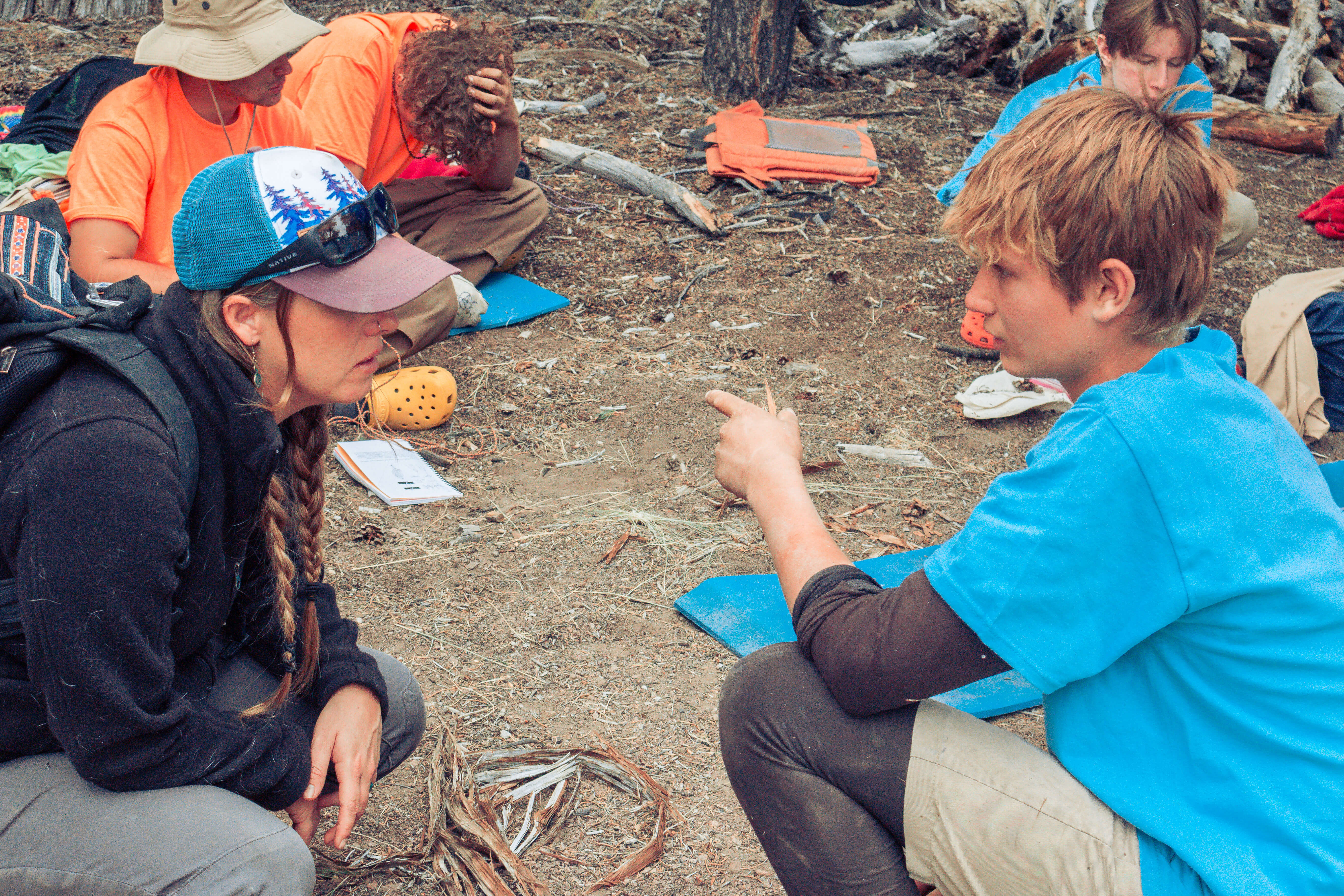
Challenges That Wilderness Therapy is Successful in Treating
Wilderness therapy is successful in treating many different mental and behavioral health disorders that affect teens and young adults. Wilderness programs are designed to provide individualized care tailored to each person’s unique situation and needs. Often, programs can place students in groups with peers who are struggling with similar issues. The feeling that your child is not alone in their struggles is healing in and of itself.
Here are some common diagnoses of people who seek wilderness treatment:
- Adoption issues
- Anger Issues
- Anxiety
- Aspergers
- At-Risk Youth/Risky Behaviors
- Attachment Issues
- Attention-deficit/Hyperactivity Disorder (ADHD)
- Autism Spectrum Disorder (ASD) Level 1
- Behavior Issues
- Body Image Issues
- Compulsive Disorder
- Cutting & Self-Harm
- Depression
- Divorce Conflict
- Emotional Disorders
- Family Issues
- Female Identity Empowerment
- Gender Identity Struggles
- Lack of Motivation
- Learning Disabilities
- Mood Disorders
- Nonverbal Learning Disorder (NLD)
- Obsessive-Compulsive Disorder (OCD)
- Oppositional Defiant Disorder (ODD)
- Personality Disorders
- Post-traumatic Stress Disorder (PTSD)
- Relational Issues
- Risky/Harmful Sexual Behaviors
- School Avoidance or Failure
- Self-Esteem Issues
- Substance Abuse
- Suicide Ideation
- Teen In Crisis
- Trauma
- Troubled Youth
Benefits of Wilderness Treatment
How Can An Outdoor Wilderness Program Help Your Teen or Young Adults In Need of Guidance?
Teens and young adults are in a critical stage of their development. They are putting together the pieces of who they are and who they want to become. Developing a strong identity at this age is critical to future success. Research has shown that wilderness programs aid in the development of self-identity in six steps. These include:
- new experiences
- mental/physical challenges
- supportive relationships
- increased self-confidence
- new self-perception
When wilderness therapy students begin to experience these things, they start to forge a positive self-identity.
Students start to replace negative coping strategies with positive ones. They learn how their negative coping skills are affecting them and those that are around them. Finally, they learn how positive coping skills can change their lives for the better.
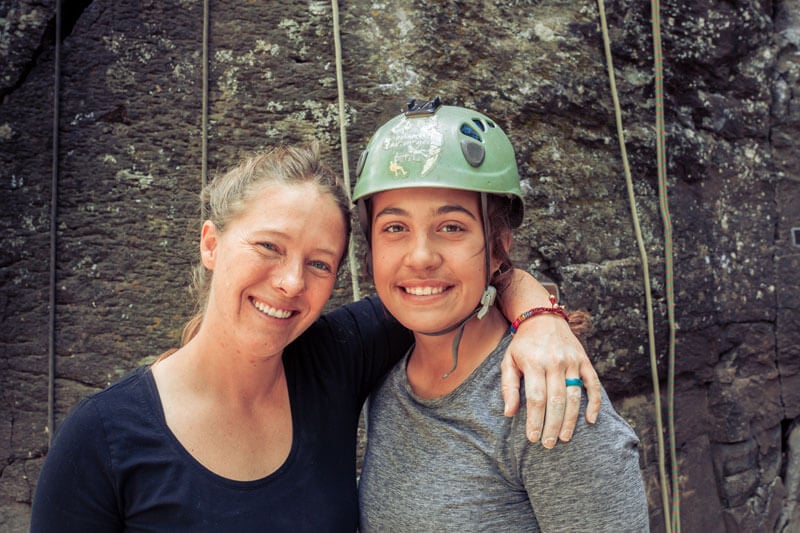
With this comes an improvement in social and emotional learning. When students can “hit the pause button” on life, they can listen to honest feedback about their behaviors. They can put together how they affect people they love and learn what has been holding them back from fostering positive relationships.
Many wilderness programs include a family therapy component. Families start to learn their role in negative communication cycles. They can start to learn and practice improved communication. This leads to improved family cohesiveness and better outcomes for your child.
Many studies have shown that wilderness camps increase self-esteem and self-efficacy in participants. Many young adults and teens in crisis struggle with finding confidence in themselves, leading some to spiral academically and socially. In wilderness programs, participants achieve goals they never thought to be possible, like getting to the top of a rock wall or summiting a mountain. Whatever it is, they learn that they are capable and worthy of success.
Why Choose Wilderness Treatment Over Other Programs?
Wilderness treatment centers specialize in working with teens and young adults. They are experts in the area of mental and behavioral health. They often have clients who have tried many different types of treatment before without success. This can be because many treatment programs are not designed for this age group. Further, many programs are ill-equipped to handle treatment-resistant students. Wilderness treatment centers specialize in this area, as well.
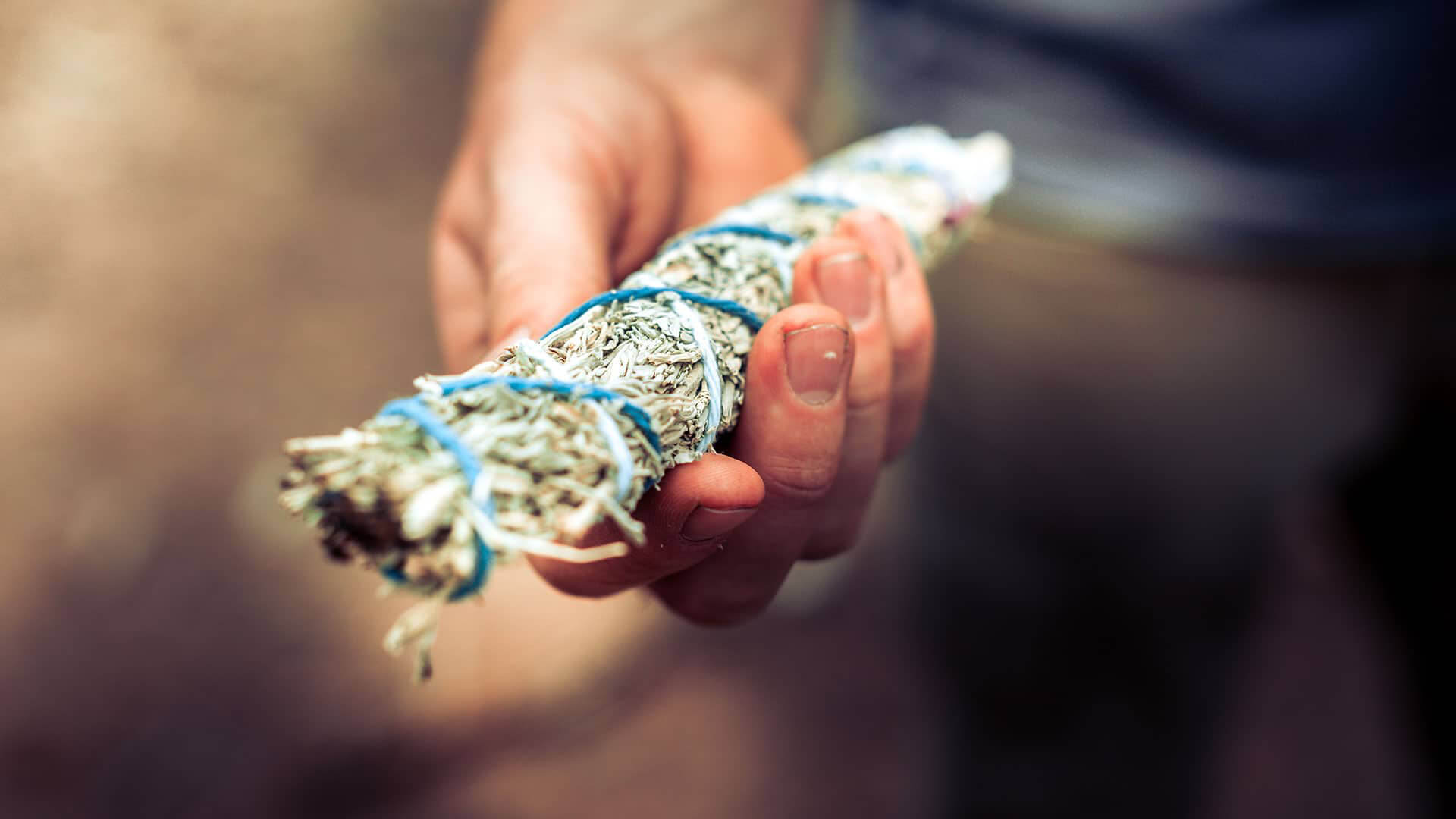
How Effective is Wilderness Treatment?
Do Wilderness Programs For Teens Really Work?
Yes! Wilderness therapy does work. Wilderness programs provide a transformative experience for young adults and teens. They offer a unique holistic approach to mental health care. This approach is thinking outside the box when it comes to reaching this population. For most teens, it is exactly what they need. Wilderness treatment is flexible and dynamic enough to address their unique struggles. Wilderness programs also address teens’ and young adults' need to feel comradery with like-minded people. For teens struggling beyond the usual bumps in the road, wilderness therapy is likely just the thing that they need to turn things around.
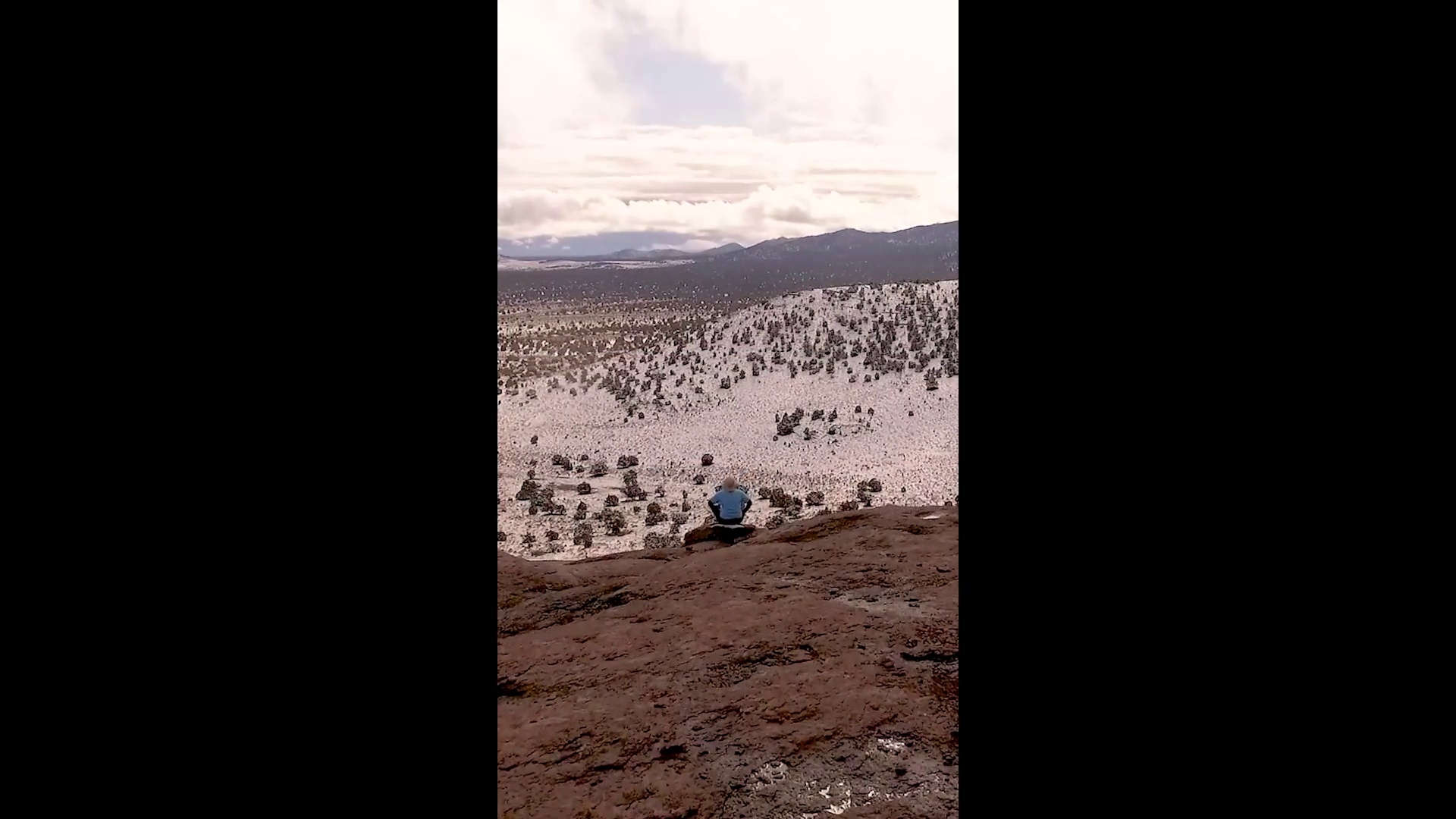
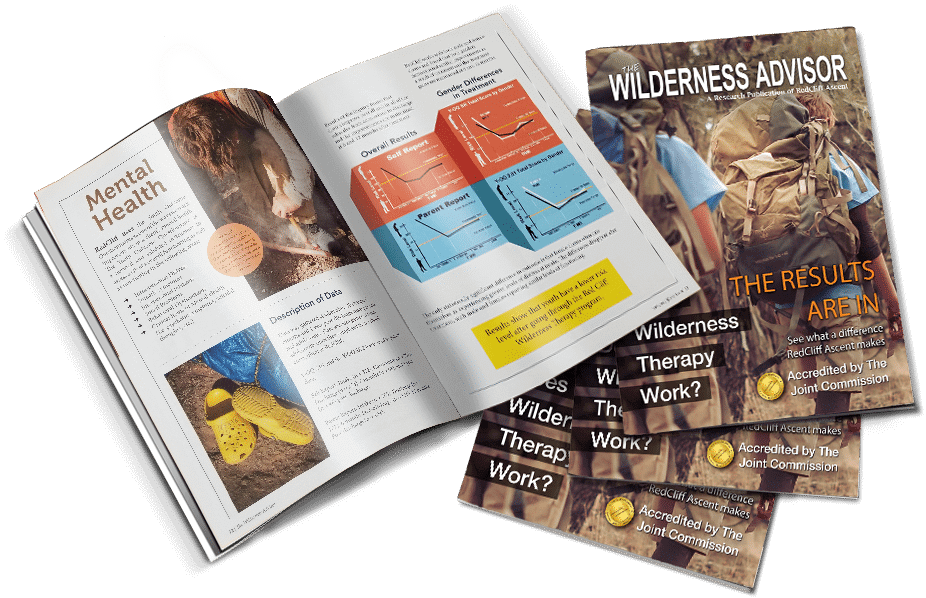
Does Science Support The 'Wilderness' in Wilderness Therapy?
The science does support that wilderness therapy is an effective treatment for most people who complete a program. A large study was done by The Outdoor Behavioral Health Council that followed participants who had completed wilderness programs 2-3 years prior.
Here are some of their results:
- 83% were doing better, and 58% were doing well or very well. 17% were still “struggling.”
- 81% rated outdoor behavioral healthcare treatment as effective.
More research is ongoing as more people strive to quantify the positive results that others are experiencing from wilderness programs. In recent years there has also been an interest in studying the effectiveness of wilderness therapy.
About RedCliff Ascent Wilderness Therapy Program
RedCliff Ascent stands out as a leader among wilderness therapy programs, having pioneered and refined the Wilderness Therapy model. At RedCliff, teens and young adults embark on transformative journeys through immersive outdoor experiences. These include hiking and backpacking in the natural landscapes of the Utah wilderness, offering students the opportunity to face and overcome personal challenges in a safe, structured environment.
RedCliff Ascent’s Wilderness Therapy program is specifically designed to foster deep, lasting emotional growth. Through compassionate, research-driven, and nature-based therapeutic practices, students and their families experience meaningful change. The skilled professionals at RedCliff understand that every individual is unique and capable, and they work with care and intentionality to support each student's journey.
Focusing on the emotional, behavioral, cognitive, and developmental difficulties faced by adolescents and young adults, RedCliff Ascent uses wilderness therapy to help students develop the tools and skills necessary to engage in life more healthily and positively. The power of nature and guided therapeutic intervention come together to create lasting impact and healing.
Is RedCliff Ascent The Right Fit?
We’ll help you explore your options and guide you through the process.
